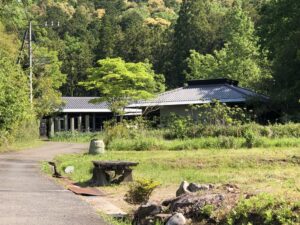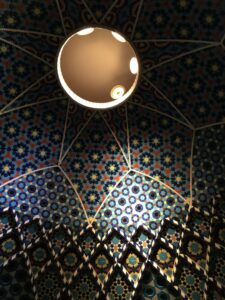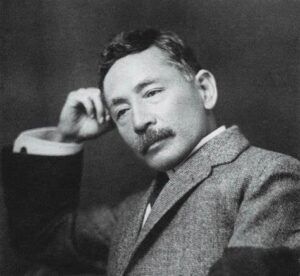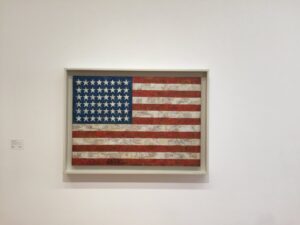The other day, I wrote an article about the Taro Okamoto exhibition, and after that, something occurred to me, so I’d like to add this.
It is often said that Taro Okamoto’s works were influenced by primitive art such as earthenware from the Jomon period. It is true that his works show a great deal of influence.
However, when reading his works, it is clear that he was also considerably influenced by his mother. Needless to say, the mother is the novelist Kanoko Okamoto.
She is famous as a novelist, but at the time she was in great demand as a Buddhist speaker on the radio, lecturer, and author.
It was the “Tannisho” of the Jodo Shinshu sect of Buddhism that first attracted her to Buddhism.
Tannisho is said to have been written by Yui En, a disciple of Shinran.
The Tannisho is a “lament” written in response to objections and counter-arguments within the cult. Simply put, it is a collection of “Shinran never said that” sayings.
In my mind, Jodo Shinshu is a sect that says that as long as you chant “Namu Amidabutsu,” you can go to the Pure Land of Ultimate Bliss. In other words, I believe that it is a sect that says you can be saved.
If you can cry out from the bottom of your heart, “I believe in Nyorai-sama, so please save me,” at that moment anyone can be saved without a doubt. That cry does not have to be Namu Amidabutsu. If it comes from the heart, that is all that is necessary.
The doctrine is written in various difficult terms, but in the end, I believe this is all there is to it (my own opinion, sorry if I am wrong). (This is my own opinion. I apologize if it is wrong.)
It is as simple as possible. You can do whatever you want, as long as you believe in Nyorai Buddha without any doubts. This simplicity is probably the reason why it was accepted by many people.
However, when we try it, we find that it is surprisingly difficult. We, ordinary people, tend to try our best to save ourselves. Like Christians, we think that we have to work hard and do good deeds every day or else we will not be saved.
In other words, they are somewhat unable to fully believe in Nyorai Buddha. They are afraid and doubtful to give up their bodies and minds. In Jodo Shinshu, such people cannot be saved. Because they don’t believe in him.
They need to “transcend logic. That is the meaning of faith.
That’s why it is easy to believe that evil people who are aware of their sins are more likely to be saved.
Shinran said that one can be reborn through Nyorai Buddha, but he did not say what kind of place the Paradise (Pure Land) is.
He said, “I don’t know. It is a “maybe,” “It is just an imagination,” and “There is no way human beings can understand it.
He said, “I can’t understand it,” “It’s just an imagination,” and “Humans can’t understand it. This is the difference between him and his master Honen, and I think it is the greatness of Honen.
I think it is because Jodo Shinshu denied a concrete image of paradise that they valued this world so much and tried to show the world, within the limits of what they knew in this world, that “this is paradise” with their grand temple complexes.
For the time being, everyone who is living like this should enjoy themselves here. All you have to do is chant Namu Amidabutsu.
His words and actions are somewhat reminiscent of those of his son, the artist Taro Okamoto. He said, “I cherish the present moment in this world. Burn through life. Live in the moment. I imagine that his mother, a scholar of Buddhism with a deep knowledge of the subject, had a great influence on him. She was also my favorite mother.
I have read only two or three of Kanoko Okamoto’s novels so far, but I am sure that many of them express the transience and futility of life in the Buddhist way of thinking.
It is precisely because of such an empty life that he said, “Art is something to live for with your whole being,” “Live your life in the present moment,” and “Be passionate about your art. Live your life in the present moment,” and “Be passionate about what you do.
This is a bit of a digression, but it reminds me of the revolts of the Warring States period. I believe that the reason why such a violent resistance movement took place throughout the country and even took over a whole country was because of the backbone of such an idea.
After all, if you sincerely chant Namu Amidabutsu, you will be saved. (Because we are concerned about life and death in the real world, we are concerned about one thing……this is a quote from Zeta Gundam, by the way (an aside)).
I don’t know if Taro Okamoto was a Jodo Shinshu practitioner or a Buddhist, but that is more important than such trivial things. The way of life.
I feel the same attitude as that of the Ikkyu Pilgrims, who fought for their great passion without being attached to their own lives.
Something inherited from his mother. In the case of Taro Okamoto, it was not only a figure, but also an idea. I believe that this philosophy was firmly rooted in Taro Okamoto and led to his artistic theory and creations.
At the same time, I believe that it was the support of such an ideology that enabled him to pour so much passion into his works that moved people so much. In a sense, it was his confession of faith, and perhaps one of the happiest gifts from his mother.
See you soon.
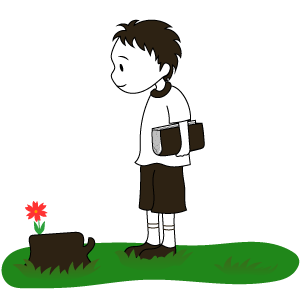
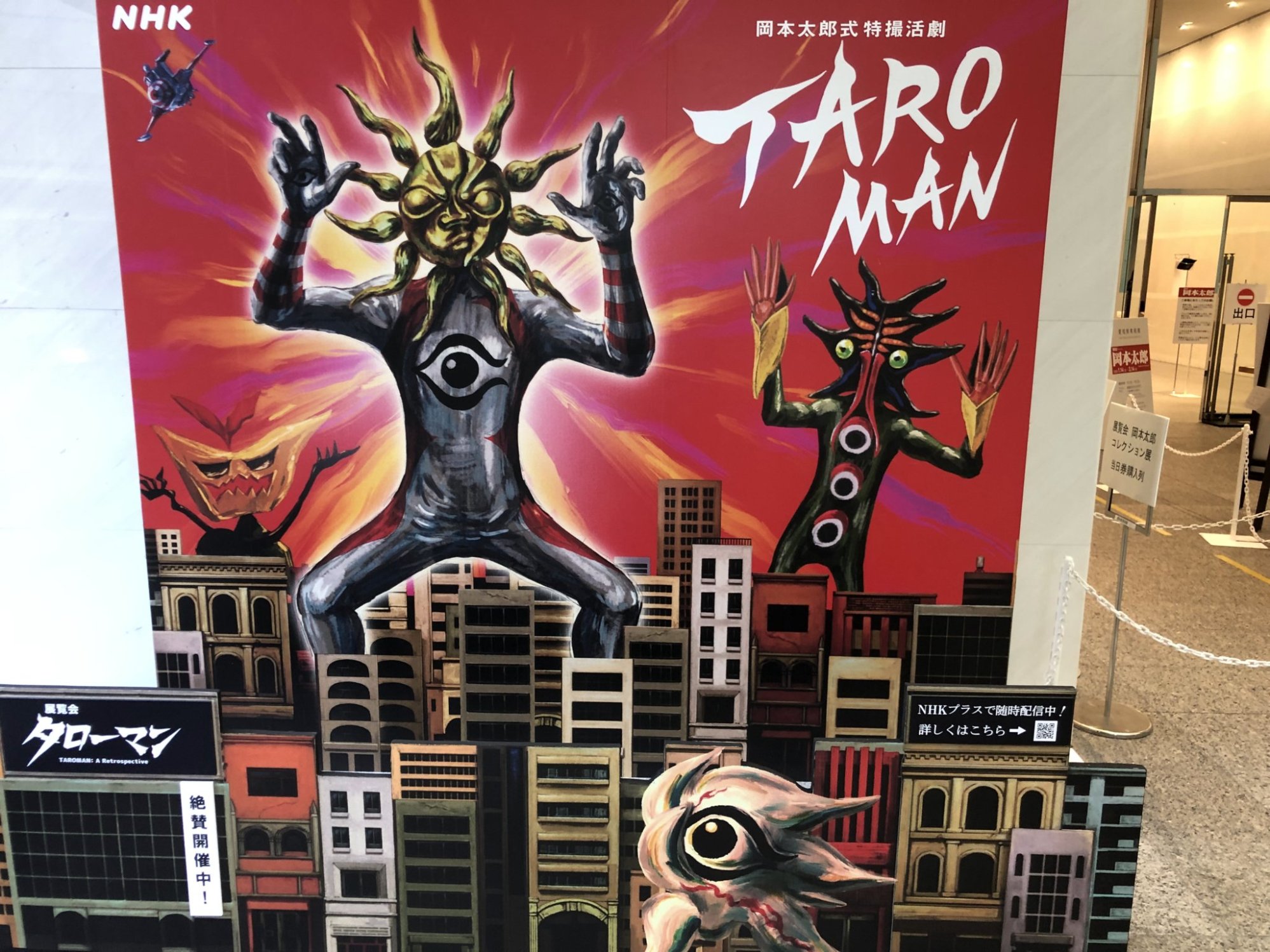
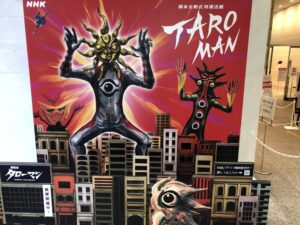

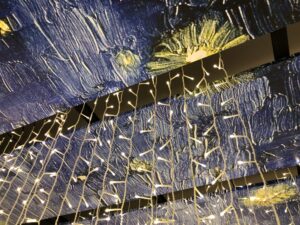

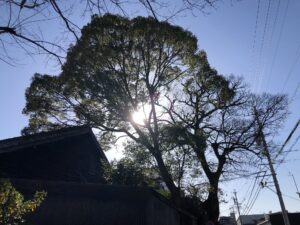

-192x300.jpg)
